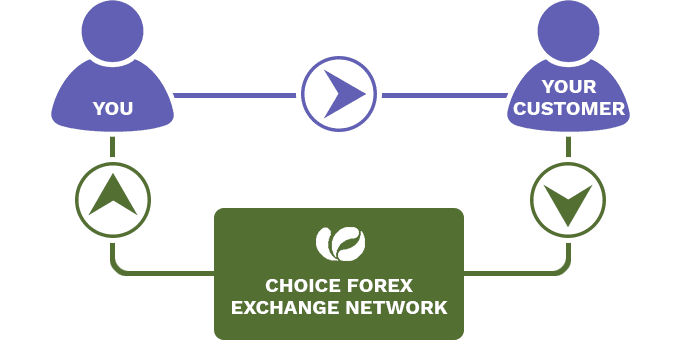
Traditional Forex is Complex, Slow and Expensive
If I want to sell my Colombian coffee to a buyer in Turkey, I want to be paid in Colombian pesos. My buyer wants to pay in Turkish lira. But my customer's bank doesn't have a COP account, so they convert TL to USD via a correspondent bank, which has a relationship with a second correspondent bank with a COP account, leading to a further transfer. The third bank is short of liquidity in Colombian pesos, so there's a delay before the money gets paid into my account.
By the time I get my money, several banks have imposed their charges, there've been multiple currency exchanges, each leading to a loss - and I may have had to wait weeks before I receive payment.
Does this process really belong in the 21st century?

Correspondent Banking - a downward trend
Traditional foreign exchange relies on corresponent banking. Banks hold nostro accounts with other banks, allowing a chain of exchanges to transfer from one currency to another. With more exotic currencies that can be a long chain - with costs and delays at every stage. But first you need to find a correspondent bank to deal through. The number of correspondents has fallen by nearly a quarter since 2011 - a decline that followed on the heels of a reduction of around 50% in the first decade of this century.
A prime mover in this decline has been bank de-risking - the banks' response to increasing non-compliance penalties has been to withdraw from areas they perceive as high-risk. In some cases, this can mean a payment is actually impossible through traditional channels. At best, it often means a more convoluted exchange chain, or the option of paying the high fees charged by most specialist transfer companies.
...And that's why we felt the need to modernise it
Being in business is tough. You chose your specialist area because you're good at it, and you work hard to keep getting better. But, right now, getting paid for what you do is almost a business in itself; one you never chose, and one that gets in the way of what you're actually trying to achieve. Today's business world is connected, responsive, immediate. How much sense does it make that you have to put in so much effort just to suffer delays and erosion of your profits?

Keeping it simple is a complex process
This diagram is deliberately over-simplified. You invoice your customer. Your customer pays, and with 24 hours the funds are in your bank. Isn't that how things should work? Good, because, that's how it does work.
Of course, there's a whole lot of alchemy going on in that green box at the bottom. We'll explain it, because we feel you'd like to know what we're doing. But remember, you don't need to worry about this part - it just happens.
Since around 2004, we've been growing a network of trusted partners who deal in transactions all over the world, in just about every currency. Each of them has been cleared - and is continuously monitored - via our state of the art financial compliance platform, so you know that you're dealing with people you can trust too.
When you need an exchange, our systems quickly locate corresponding transactions moving in the opposite direction. Then it's a case of matching the incoming currency of one transaction with the outgoing of the other, and vice versa. Of course, it's rare that an exact match will be found, but our exchange volumes are such that we can easily buffer and balance differences without delay or cost to you. The core concept is simple, and it operates without the need for a chain of correspondent banks. All parties benefit from keen, mutually beneficial exchange rates and, thanks to the scale and reach of our network, it all happens fast.
The core concept may be simple, but the execution is anything but. It's a complex and difficult pattern of dots that we join up, (in fact that's one reason why we don't keep our USP a secret. It's not an easy model to copy!) but it works. It provides ready availability in more than 100 currencies, including exotics. The key is having a huge, trusted network, coupled by a long-evolved ability to match transactions at the speed of a mouse click. It's tricky but, like any virtuoso performer, we make it look easy.